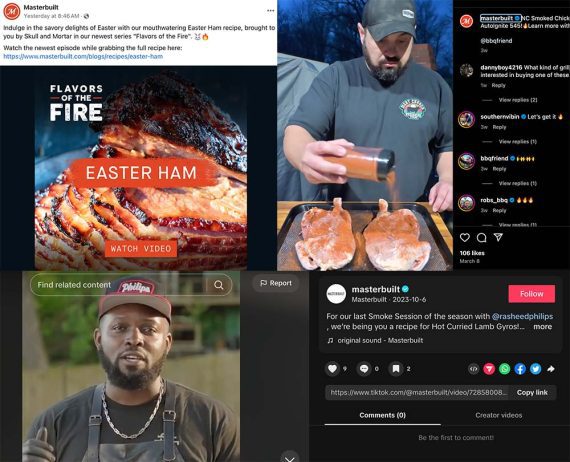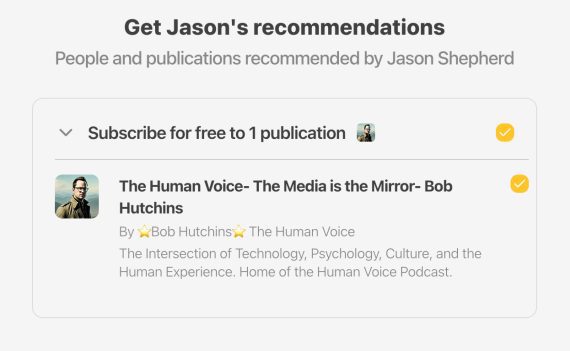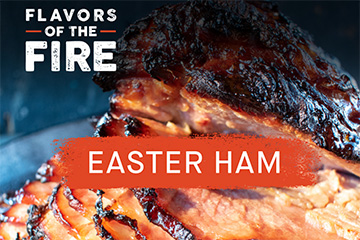A strong email list can be the best investment you can make for your ecommerce business, and studies show that email marketing will return up to $40 for every dollar invested in 2024. The challenge is acquiring and retaining subscribers.
The good news is that growth is possible with just a slight shift in perspective.
Many merchants offer discounts, usually 10-15%, to encourage sign-up, but then only offer more deals and offers to entice subscribers. Merchants educate subscribers to only buy when products are on sale.
What would happen if merchants, including retailers, wholesalers, and direct-to-consumer brands, approached email marketing like social media?
Content Marketing
editorial Email is a content marketing strategy to attract, engage, and retain customers. By including tips, instructions, and advice, emails go from promotional to informational, giving prospects another reason to subscribe, engage, and buy.
The process is similar to social media marketing and goes like this:
- Create an editorial newsletter that is engaging and relevant to your product.
- Attract subscribers.
- Include your product in each newsletter.
- Optimize your sales.
content
Step one is to create compelling content related to the products your business sells.
Take Masterbuilt for example. Their products are grills and smokers. Their content and social media marketing is recipe-focused, so the product and content work together.

Masterbuilt posts recipes on TikTok (shown here), as well as Facebook, Instagram and X.
Masterbuild requires very little extra effort to create a grilling newsletter, and you can compile a few recipes into a weekly roundup.
This approach is a proven success: consider these 5 email recipe newsletters and their reported subscriber numbers in March 2024.
Subscriber
The next step is to attract subscribers. Social media algorithms show your posts to like-minded users who are likely to follow your business.
However, many social media marketers promote these posts through ads. The same is true for editorial newsletters. Consider the four drivers of subscriber growth:
Organic recommendation. Substack, which blends editorial newsletters with social media features, was one of the first companies to offer organic recommendations: When someone subscribes to an editorial newsletter, the platform suggests other newsletters.
For example, “The Real Heroes of Ecommerce” is a newsletter on Substack by marketer Jason Shepherd. If you subscribe to this newsletter, you'll see Shepard's endorsement of “The Human Voice.”

The authors of “The Real Heroes of Ecommerce” recommend “The Human Voice.” Both are on Substack.
Paid recommendation. Newsletter publishers can acquire subscribers for around $3 each through Sparkloop, ReferralHero, etc. Recommendations are only available for editorial newsletters, not marketing.
Paid GrowthSeveral newsletter growth businesses have emerged. These agencies (Email Crush, Paperboy Studios, GrowthLetter) advertise across a variety of channels to attract subscribers.
Blogs and forms. Don't forget your company blog and web forms. Put effort into promoting your newsletter.
Include Products
Your editorial email should be worth reading, so don’t skip this part. Also, don’t forget to include your product, like this:
Treat your product like a sponsor. Editorial newsletters often have sponsors. There's no rule preventing the sponsorship from being a product of the company itself.
Please recommend it. Many editorial newsletters have product recommendations after the main content — think of these as text ads for the products.
Treat it as an editorial. Masterbuilt could publish a weekly newsletter featuring three recipes, an interview with a barbecue pro, and tips on using the company's “Autoignite” system. The mention could lead to subscribers placing an order.
In each example, we'll set up tracking to attribute sales.
Optimize sales
The final step is to optimize your editorial newsletter to generate maximum revenue.
- Measure the sales performance of your newsletter.
- Segment your subscribers by the products they are likely to purchase.
- Monitor your subscriber sources. Focus on people who subscribed through organic recommendations as they generate the most sales.


